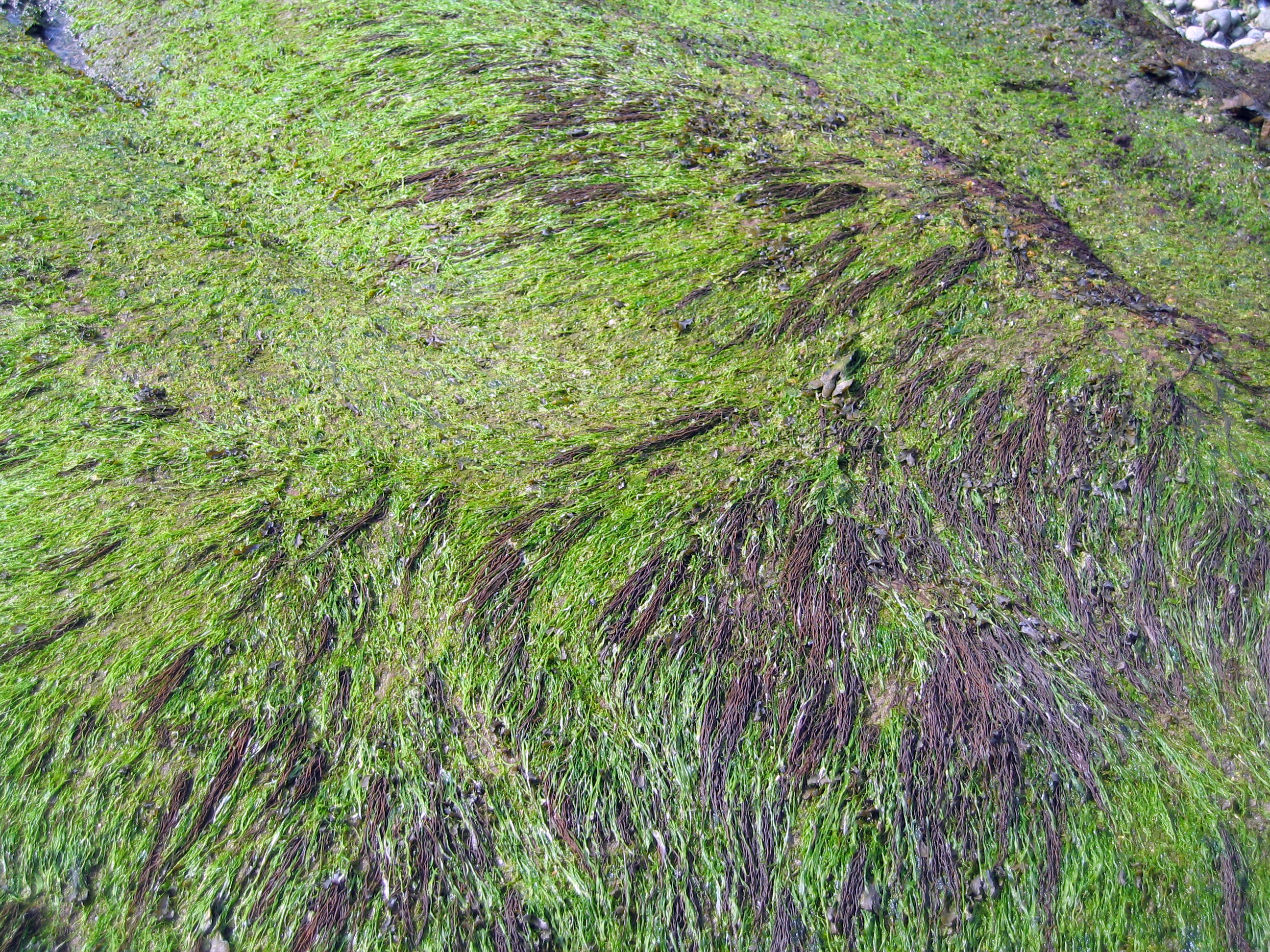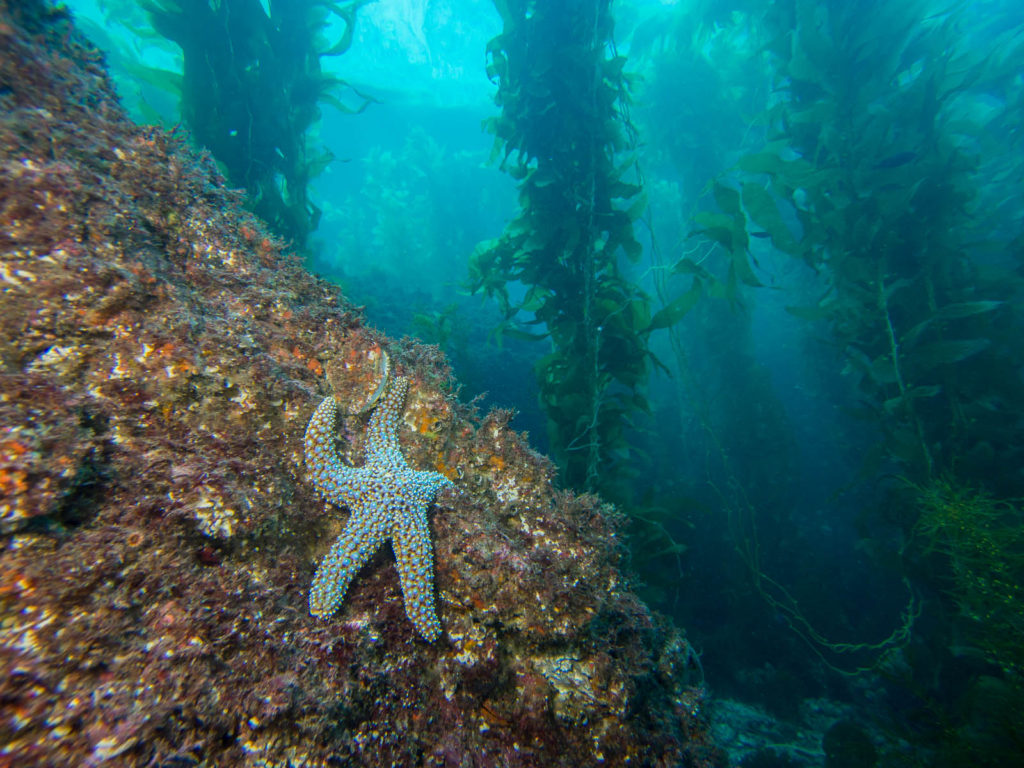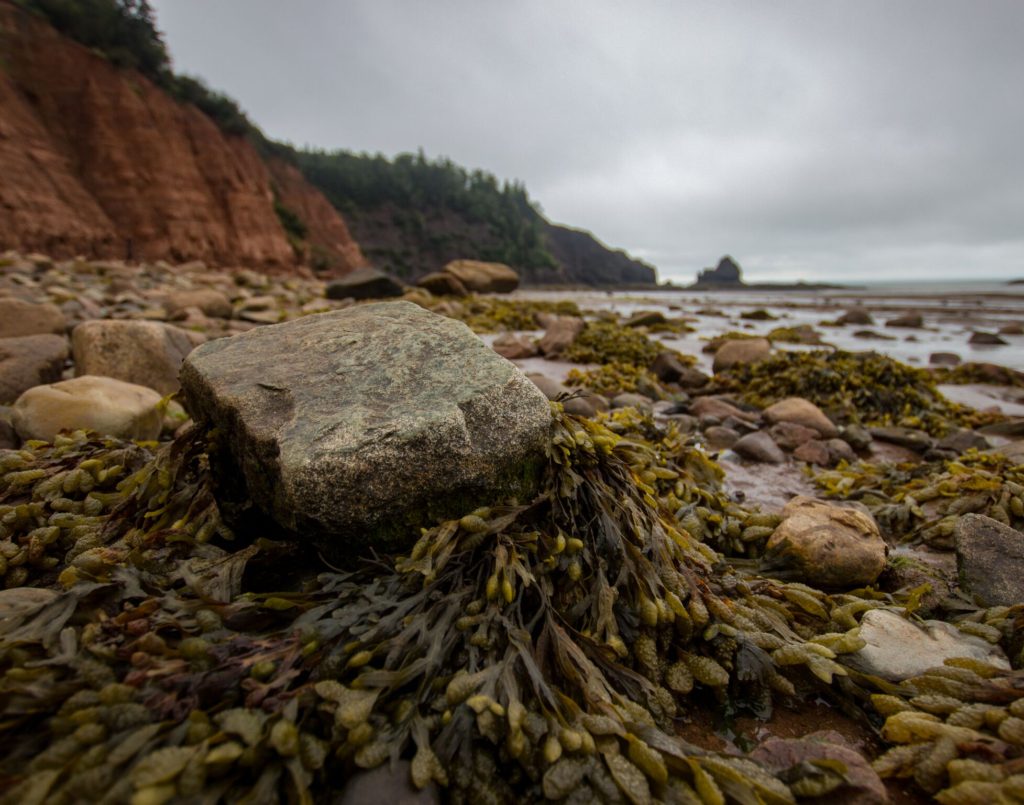Fighting Climate Change with Seaweed: The Kelp is Always Greener on the Other Side
 Taken by Ruth Hartnup at https://www.flickr.com/photos/ruthanddave/470214247/in/photolist-HxYjc-aT81pT-5KaZnX-pRP18w-A3GJbG-6FhE7Q-b5JHiV-572uex-isAsi5-2G3FMn-DAbXg-8iZ8ui-kt95q-aci92V-8xrthc-f5HuDQ-6iG8XV-72539Y-2gxHT5-o24vAQ-Van7sp-ackXuw-2gtSYX-dbNnuW-2gsqVa-dsbMDV-4etmRi-34rYZE-t3A7k-2wp1iK-dbNnAB-achRcR-aX5c1g-ud15D-dcgyiS-aq7cFS-4u7i69-GXrL94-4718nW-4rUeyS-bvfS6u-ik7Pv-e3oPfV-57G1qA-2gym1b-d8qos7-6FhE17-2gxQo5-ngU61J-dcgw1B/
Taken by Ruth Hartnup at https://www.flickr.com/photos/ruthanddave/470214247/in/photolist-HxYjc-aT81pT-5KaZnX-pRP18w-A3GJbG-6FhE7Q-b5JHiV-572uex-isAsi5-2G3FMn-DAbXg-8iZ8ui-kt95q-aci92V-8xrthc-f5HuDQ-6iG8XV-72539Y-2gxHT5-o24vAQ-Van7sp-ackXuw-2gtSYX-dbNnuW-2gsqVa-dsbMDV-4etmRi-34rYZE-t3A7k-2wp1iK-dbNnAB-achRcR-aX5c1g-ud15D-dcgyiS-aq7cFS-4u7i69-GXrL94-4718nW-4rUeyS-bvfS6u-ik7Pv-e3oPfV-57G1qA-2gym1b-d8qos7-6FhE17-2gxQo5-ngU61J-dcgw1B/
The Need for Seaweed
Seaweed has for centuries been a staple of human diets all over the world, bringing rich abundances of proteins and key amino acids to our diets. Some anthropologists go so far as to speculate that our success as a species is related to our ability to travel the coasts collecting seaweed. Given its significance, it seems appropriate that in our age of increasing climate insecurity, many are looking to seaweed as the answer.
Seaweed is as important to those living beneath the waves as it is to those above them. It serves as a keystone species for underwater ecosystems, absorbing mass quantities of carbon, filtering phosphorous and nitrogen out of the water, and helping to de-acidify the oceans. Furthermore, it provides homes to a variety of marine life, including fish, shellfish and crustaceans. For brilliant proof of this look no further than BBC’s recent masterpiece, the Green Seas.

British Columbia
Nowhere on earth can you find a more diverse abundance of seaweeds than on the misty coasts of British Columbia. Here, First Nations have relied on seaweed as a means of sustenance for thousands of years, a trend which continues to this day in the region. In the last few decades, companies have sprung up to harvest and sell seaweed, selling mostly to high-end health food markets. So far this has occurred on a relatively small scale, with Asia supplying most of the province’s seaweed.
As support to expand B.C.’s seaweed industry mounts, observers have begun to worry about the impacts of removing large quantities of seaweed from marine ecosystems. To test the waters, researchers conducted a pilot project on Vancouver Island. They licensed individuals to harvest 5,000 tons of seaweed that had washed ashore to see if removing it would affect the ecosystem as a whole. What they found was that everything from the small insects which lived in the washed-up kelp to the salmon whose young fed near it were negatively affected by its large-scale removal. Their conclusion: if B.C. is to expand its seaweed industry it will need to do so carefully and consciously so as not to offset ecosystem balance.
This presents a problem for environmentalists and economists alike. Fail to expand the seaweed industry and miss out on a food source that could help curb climate change and generate sustainable livelihoods. Furthermore, any failure to expand means the majority of current demand is met by Asian supply, with the seaweed being shipped long distances and offsetting its negative carbon footprint in the process. On the other hand, develop the industry too quickly and risk ecosystem collapse, and subsequent slumps in everything from fisheries to tourism.
Where No Plough Has Gone Before
For many, the solution is simple; rather than rely on wild seaweed we need to do what we as humans have always done in the face of food insecurity: cultivate. Already in the Eastern United States, fishermen who were put out of work by the collapse of overfished stocks have turned to kelp farming to make a living. With little more than anchor and rope, they’ve been able to coax huge forests of kelp into being off the shores of New England. On top of this, they’ve used the healthy, low acidity waters the kelp produce to grow clams, muscles and scallops alongside their kelp crops. This not only increases the economic value of their kelp farms, it further helps to clean the oceans as bivalves increase carbon extraction from the water and extract agricultural runoff.
The benefits of kelp over traditional, land-based crops are immense. They require far fewer inputs, and need no fertilizer, irrigation, nor pesticides to grow. Kelp reproduces at a fast pace and is able to produce 40 tons per acre, not including the million or so bivalves that can be harvested from that same plot. In a final stroke of ironic superiority, seaweed can even help to reverse some of the negatives of land-based crops, absorbing agricultural runoff which would otherwise pollute the ocean and converting it into food.
A secondary strategy being pursued in New Brunswick involves the combination of growing seaweed and aquaculture fish production. Held at high densities, aquaculture fish frequently contaminate water with their waste and unconsumed food. However, preliminary studies are just starting to show that the implementation of inexpensive kelp farms near aquaculture leads to both cleaner water and exceptionally fast-growing kelp. This kelp can then in turn be fed to the fish, bringing down the cost of aquaculture and simultaneously ensuring a more stable, clean ocean.

Moving Forward
Despite all that I’ve described above, commercial kelp farming has yet to take off in B.C. As of yet, there is only one kelp farm in operation in B.C., with the rest being either harvested from the wild or imported from Asia. Much of this is due to hesitation on the part of scientists and the provincial government to sanction seaweed farms without knowing the potential consequences. This is a commendable example of the precautionary principle, but at some point must be overcome if we are to pursue new solutions to climate change.
One direction that holds tremendous potential is to work with First Nations communities in achieving sustainable expansion. Preliminary efforts with the Kwakiutl show great promise and will hopefully serve the dual purpose of empowering Indigenous communities and expanding kelp farming in B.C. Who better to oversee sustainable kelp than those who have done so succesfully for thousands of years?
Now more than ever, B.C. needs to seek out balance in its approach to seaweed. If the province continues to let its fears about potential outcomes halt innovation it could lose out on the potential to expand the industry and lose out on the chance to promote sustainable livelihoods and combat climate change. On the other hand, if it moves forward blindly it could see ecosystem crashes similar to the ones which occurred with cod at the other end of the country. The case studies and pilot projects this article describes mark a step in the right direction, and one which, if repeated, could lead to B.C. becoming a global leader in sustainable seaweed farming.

Liam Ragan is a McGill student studying anthropology and environment. His main academic interests are conservation and how communities can be empowered to be stewards over and benefit from their natural resources. This has led him to work with Indigenous communities in both the Pacific North West and the South Rift of Kenya in their efforts to strike a balance between environmental sustainability and livelihood development.
Edited by: Thea Koper
